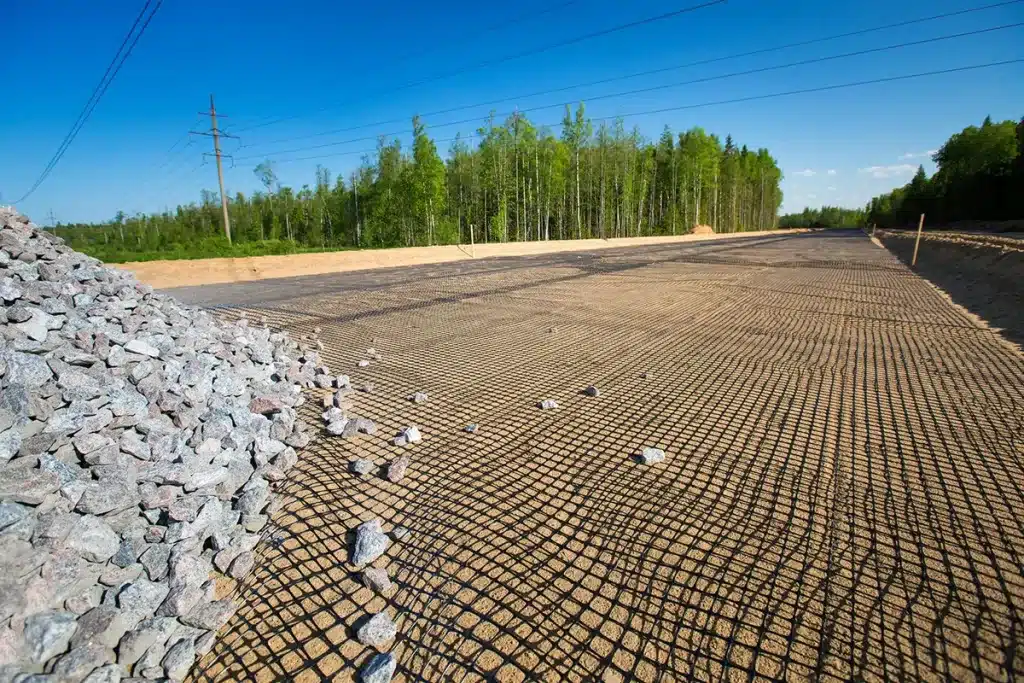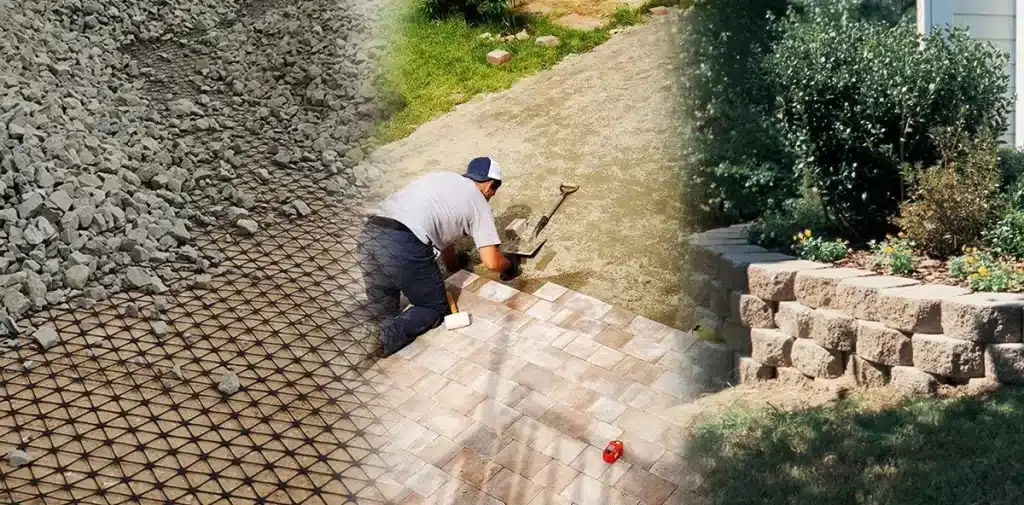+86-159 9860 6917
info@geofantex.com
geofantex@gmail.com
+86-400-8266163-44899
Discover the significance of geogrid in civil engineering and construction, and learn how to choose the right geogrid for your project. We’ll also delve into the sustainability aspects of geogrids to help you make informed decisions.

What is the purpose of a geogrid?
Geogrids play a vital role in civil engineering and construction, mainly focused on bolstering structural stability and integrity. They provide reinforcement, stabilization, and even filtration when used with properly sized aggregate fills. Geogrids are especially valuable in projects demanding soil reinforcement. They distribute loads, reduce soil pressure, and prevent structural issues, making them indispensable in applications like retaining walls, embankments, and road construction. By reinforcing the soil, geogrids effectively enhance load-bearing capacity, a pivotal factor in ensuring long-term structural stability.
Is Geogrid necessary?
Geogrid is crucial in keeping your hardscape interlocked while the environment around it naturally swells, shrinks, and shifts in response to climate and seasonal changes. The need for geogrid in a project depends on various factors. Considerations should include the project’s specific requirements, such as structure height and load-bearing capacity. Geogrids prove highly advantageous for taller structures or those bearing heavy loads. Moreover, when confronted with limited space, geogrids facilitate the construction of steeper slopes. Seeking guidance from a geotechnical engineer or specialist is recommended to determine the necessity of geogrid for your particular project. Their expertise ensures informed decisions tailored to your project’s unique conditions and demands.

How do I choose a geogrid?
Selecting the appropriate geogrid relies on a few key considerations. First and foremost, assess the project’s requirements, including the structure type and expected loads. Soil conditions are also a critical factor, influencing the geogrid choice. Moreover, take into account the geogrid’s longevity, as materials can vary in durability. It’s essential to rely on certified performances when choosing a geogrid. Expert advice from geotechnical specialists or suppliers can offer valuable recommendations tailored to your project’s demands. Ensuring the geogrid aligns with your specific needs is vital to guarantee its optimal performance and longevity.
Are geogrids sustainable?
Geogrids can promote sustainability in construction projects in several ways. Their capacity to improve soil stability and minimize soil erosion aids in safeguarding the environment. Additionally, geogrids are engineered for durability, leading to fewer replacements and resource conservation. By using geogrids efficiently and adopting proper installation and disposal practices, the production impact is reduced, along with initial transport emissions, and the need for future surface repairs and maintenance. Recycling and reusing geogrids when possible further enhance sustainability by minimizing waste. In summary, geogrids, when appropriately employed, offer a sustainable option for civil engineering and construction endeavors, delivering both environmental and economic advantages.



Get Free Sample
We’ll respond as soon as possible(within 12 hours)






















